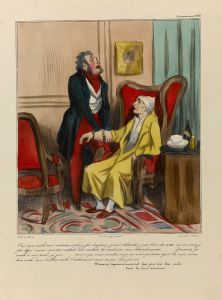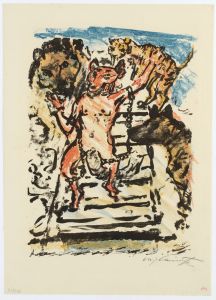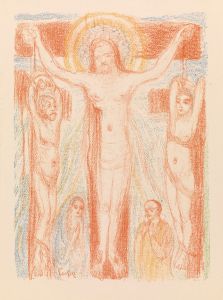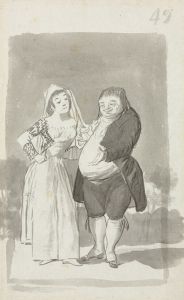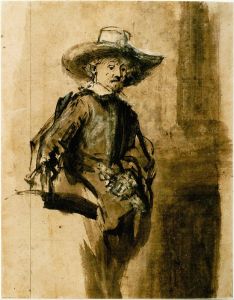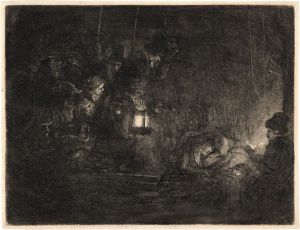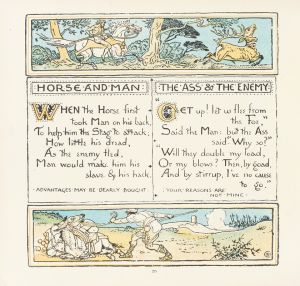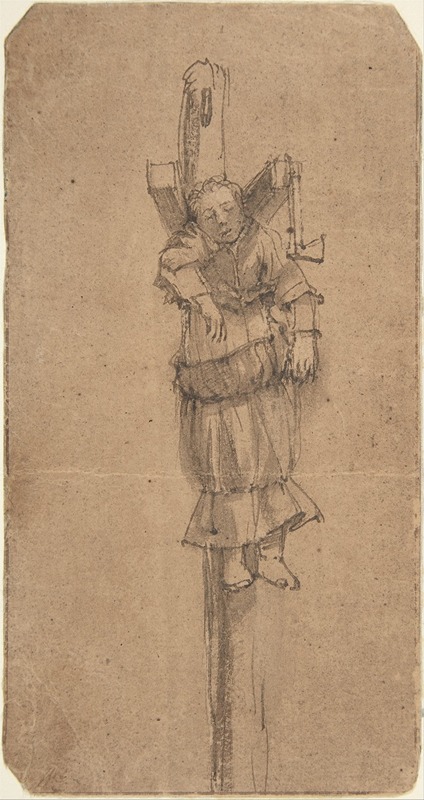
Elsje Christiaens Hanging on a Gibbet
A hand-painted replica of Rembrandt van Rijn’s masterpiece Elsje Christiaens Hanging on a Gibbet, meticulously crafted by professional artists to capture the true essence of the original. Each piece is created with museum-quality canvas and rare mineral pigments, carefully painted by experienced artists with delicate brushstrokes and rich, layered colors to perfectly recreate the texture of the original artwork. Unlike machine-printed reproductions, this hand-painted version brings the painting to life, infused with the artist’s emotions and skill in every stroke. Whether for personal collection or home decoration, it instantly elevates the artistic atmosphere of any space.
"Elsje Christiaens Hanging on a Gibbet" is a drawing by the renowned Dutch artist Rembrandt van Rijn, created in 1664. This work is notable for its stark depiction of a historical event involving Elsje Christiaens, a young Danish woman who was executed in Amsterdam. The drawing is part of Rembrandt's exploration of human emotion and the darker aspects of life, showcasing his ability to capture the raw and often brutal realities of his time.
Elsje Christiaens was a young woman who had recently arrived in Amsterdam from Denmark. In a tragic turn of events, she was convicted of murdering her landlady with an axe following a dispute over unpaid rent. The legal system of the time was swift and harsh, and Christiaens was sentenced to death. Her execution was carried out by hanging, and as was customary for certain crimes, her body was displayed on a gibbet as a warning to others.
Rembrandt's drawing captures the aftermath of this execution. The image shows Christiaens' lifeless body hanging from the gibbet, with the axe used in the murder prominently displayed above her head. This detail serves as a grim reminder of the crime she committed and the punishment she received. The drawing is executed with Rembrandt's characteristic attention to detail and mastery of light and shadow, which imbues the scene with a haunting realism.
The drawing is part of a series of works by Rembrandt that delve into themes of crime, punishment, and the human condition. It reflects the artist's interest in the complexities of human nature and his ability to convey deep emotion through his art. Rembrandt's work often explored the moral and ethical questions of his time, and "Elsje Christiaens Hanging on a Gibbet" is no exception. It invites viewers to contemplate the nature of justice and the societal norms that dictate such severe punishments.
This drawing is housed in the Statens Museum for Kunst in Copenhagen, Denmark. It is considered an important example of Rembrandt's later work, where he increasingly focused on drawing and etching, allowing him to experiment with different techniques and express his artistic vision with greater freedom. The piece is valued not only for its artistic merit but also for its historical significance, providing insight into the judicial practices of 17th-century Amsterdam and the societal attitudes towards crime and punishment.
Rembrandt's portrayal of Elsje Christiaens is a poignant reminder of the harsh realities faced by individuals in the past and serves as a testament to the artist's enduring ability to capture the complexities of human life. Through this work, Rembrandt continues to engage and challenge viewers, prompting reflection on the nature of justice and the human experience.





